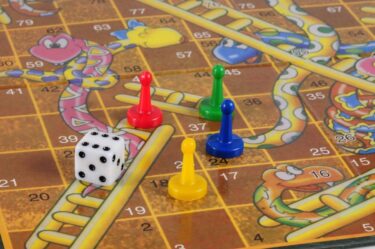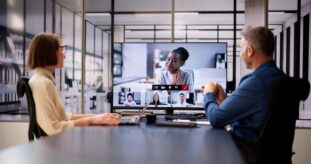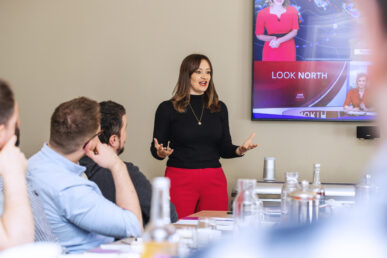“Judge the response you receive by the quality of the question you ask.”
Enhance your communication skills through effective questioning
“Judge the response you receive by the quality of the question you ask.”
We often think questioning is a natural ability we acquire as we grow.
In truth, it isn’t.
Effective questioning is an art form.
It’s a beautiful ballet through a real-life board game of snakes and ladders.
Without time spent studying this ballet, we might occasionally hit upon a question that sends us racing up a ladder only for the next one to land us two rows down, battered, bruised and our confidence knocked.
Luckily for us, we can learn some simple strategies to help increase our advancement up the ladders and avoid the pitfalls.
It all starts with a deeper understanding of the different types of questions.
OPEN AND CLOSED
Let’s take the most commonly known of these:
‘Open’ and ‘Closed’
Standard ‘Open’ questions start with:
Who, What, When, Where, How and Why.
These are a great way to ‘open ’up a conversation, gain information and build rapport… all except one – ‘Why’.
‘Why’, when used in a conversation without rapport, trust, and context, can result in sounding like an accusation and often results in a defensive answer or ‘closes’ down the conversation.
This is the reason the age-old interrogative “5 Whys” for root cause analysis can result in a demotivated meeting rather than a positive discovery.
So, let’s leave the ‘whys’ out for now.
T.E.D
Another class of ‘open’ questions are known as T.E.D questions.
Tell me
Explain to me
Describe to me
T.E.D questions allow for the recipient to give a deeper and more thoughtful response.
“What’s your reason for applying for this job” might move you up one ladder in terms of knowledge gathering and rapport building, whereas “Explain to me why you’d like to work here” could move you up three.
CLOSED QUESTIONS
Finally, ‘Closed’ questions.
Closed questions tend to result in a “yes” or “no” answer, examples being:
Is it…?
Can you…?
Does it…?
Could you…?
Have you…?
There can be a worry that using closed questions is wrong. It isn’t IF you’re using them in the correct place.
For instance, if we use closed questions to create a conversation, it will sound and feel more like an interrogation to the recipient so you’re more than likely to find yourself at the bottom of a snake rather than climbing a ladder.
However, closed questions can be more useful if working to confirm clarity. Recapping what you’ve heard and then using a closed question such as “Is that correct?” is the perfect way to clarify you’re both listening and on the same page before moving on.
So, if you find engaging people in conversation tricky, take some time and reflect on your technique – it could be you’re unconsciously using ‘closed’ questions where ‘open’ would be more effective.
Rule of thumb – aim to spend 80% of your time using ‘Open’ or ‘TED’ questions and 20% clarifying using ‘closed’.
As always, awareness is key here.
Challenge yourself today to note which questions you are using, where and what responses they generate.
To learn more about how we can help with your personal or business communication skills, please contact our team.



















